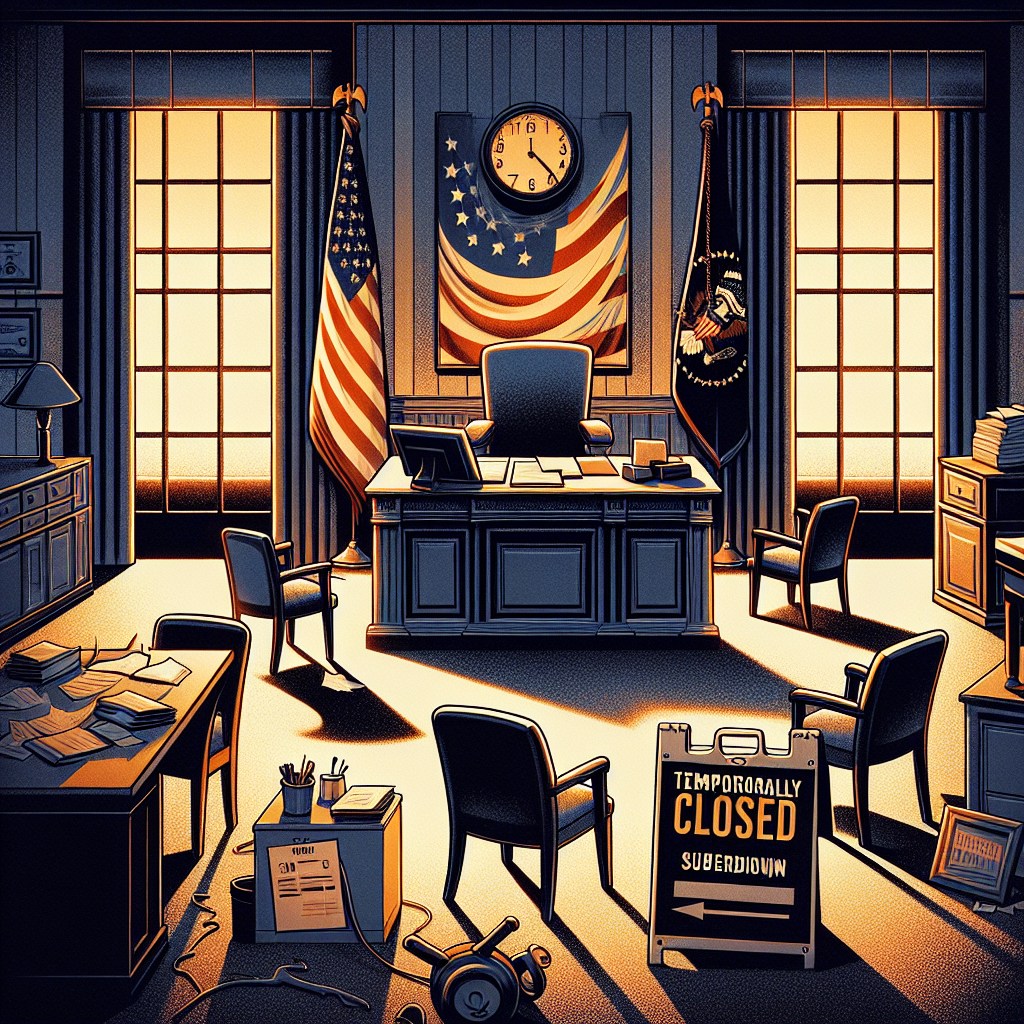Navigating the U.S. Government Shutdown: What Will It Take to Reopen?
A lingering standoff between Republican President Donald Trump and congressional Democrats has sparked the 15th U.S. government shutdown since 1981. The core issues revolve around differing budget priorities, with Republicans pushing for defense and immigration spending while Democrats focus on maintaining healthcare subsidies under the Affordable Care Act.

The United States is facing its 15th government shutdown since 1981, with a significant standoff between Republican President Donald Trump and congressional Democrats at its core. Central to the conflict are differing budget priorities that have hindered a resolution.
Republicans, led by Trump, have emphasized increased spending on defense and immigration enforcement. A critical legislative achievement for them, the 'One Big Beautiful Bill,' has successfully rolled back spending in areas important to Democrats, including green energy. Meanwhile, cuts to the Medicaid healthcare program aim to finance tax cuts benefiting the wealthy. To add, Republicans are advocating for a continuing resolution to extend funding temporarily to facilitate a more comprehensive deal by November 21.
Democrats, crucial for passing any spending bill in the Senate, are leveraging their position to advocate for extended healthcare subsidies under the Affordable Care Act. Their focus is on securing permanent enhanced tax breaks and ensuring access for more middle-income households. This standoff has resulted in an impasse, with both parties holding firm on their priorities.
(With inputs from agencies.)










